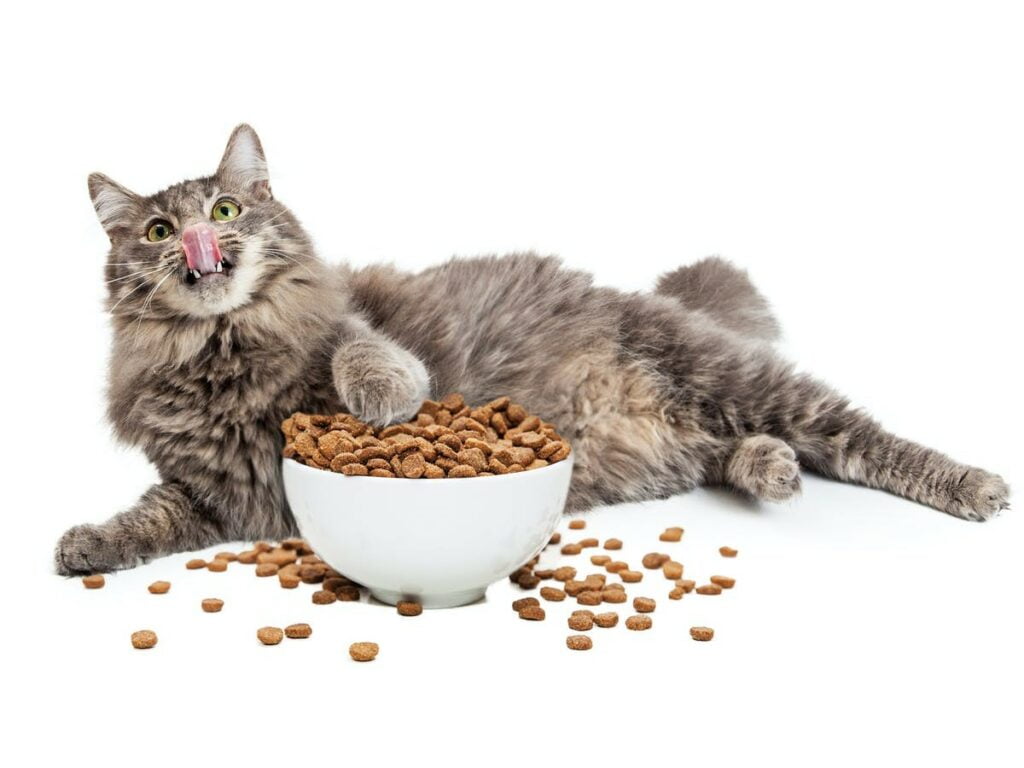Obesity in humans has been called the most important health problem facing humans in the Western World by the World Health Organization. Unfortunately, it is affecting our pets as well. Some of the literature and statistics from Veterinary Clinics show that more than 50% of dogs that come into the vet clinic, in the United States, are overweight or obese. It is the most common nutritional health problem facing dogs.1 2
Osteoarthritis (OA) is also affecting a large number of people and dogs and reports show over 40% of dogs that have OA are also overweight.3
Osteoarthritis: OA is a chronic joint disease which causes loss of joint cartilage, thickening of the joint capsule and inevitably leads to pain and dysfunction in the body. OA can also occur secondary to other orthopaedic conditions such as hip or elbow dysplasia, patella luxation or cruciate disease.
Banfield Pet Hospital’s 2019 State of Pet Health Report, concluded that cases of OA in pets have increased at an alarming rate, an increase which directly corresponds to the rising rates of obesity in pets. These cases of OA have reportedly increased by 66% in dogs and 150% in cats with a clear link to obesity too. 52% of dogs and 41% of cats with OA were also overweight.
It’s not difficult to understand that increased loads on the joints due to being overweight will have an impact on articular cartilage as well as the structures around the joint itself.
Thus, it is evident that weight management plays a large role in the management and prevention of Osteoarthritis.
The effects of obesity are much further reaching than just OA because it contributes to many other diseases and shortens our pets’ lives, by increasing the risk of diabetes, heart disease and cancers. Carrying the excess weight, sets the stage for joint damage and subsequently OA which in turn, leads to chronic pain. This risk of OA also increases with age and the size of dog.
Pain and Obesity: Of course, the increase in pain and inflammation associated with OA in overweight pets is due to the increased wear and tear on the joints, but did you know that fat (adipose tissue) is biologically active and actually secretes hormones and chemicals that cause and enhance inflammation? Leptin, a hormone found in fat, causes inflammation when it infiltrates joints.
Signs and symptoms: What you may think is “just old age” might actually be OA.
In dogs, signs of pain or OA include the following:
- Sitting with a hind leg loosely out to on side
- Loss of interest in playing
- Difficulty rising from rest
- Reluctance to go up or down stairs
Cats are notoriously good at hiding pain but some signs include:
- Going to the bathroom outside of the litterbox
- Matted hair as a result of irregular grooming
- Reluctance to jump up onto their cat trees or table as before
Management: A good quality diet and the appropriate daily amounts for the pets’ desired weight is recommended. The addition of joint supplements can be a welcome addition, but serve little purpose if the pet continues to be overfed. Treats can be given, but remember to take it out of their daily meal portion so that they are not ingesting extra calories over and above their recommended caloric intake, and these should preferably be low in sugars and carbohydrates. Do not feed to show them your love. Instead, go for a walk, scratch their tummy or teach them a new trick.
Regular weigh ins will keep you, as an owner, accountable, for your pet’s weight. A Veterinary Physiotherapist will be able to assist in maintaining the range of motion of your pet’s joints and overall mobility and comfort in order for them to live as comfortably as possible. Should OA be significant, your vet will likely recommend Non-Steroidal Anti-Inflammatories to be used as directed or on an ongoing basis. All of these things, will contribute to allowing your pet to have the quality of life they deserve, but one cannot reverse the severe damage that long-term obesity can do.
Remember, it takes years of joint damage for changes from OA to show up on an x-ray. At the end of the day, the take home message is this; obesity in pets causes pain and sets them up for a myriad of other diseases. It is up to you, as a responsible pet owner, to keep your pet as healthy and lean as possible, for his own good.

1 Sloth, C.: Practical management of obesity in dogs and cats. J. Sm. Anim. Prac. 33:178-182, 1992.
2 Edney, A.T.B. and Smith, P.M.: Study of obesity in dogs visiting veterinary practices in the United Kingdom. Vet. Rec. 118:391- 396, 1986.
3 Klausner JS, Lund E: State of Pet Health 2012, (2012) in, Vol. Portland, OR, Banfield Pet Hospitals

